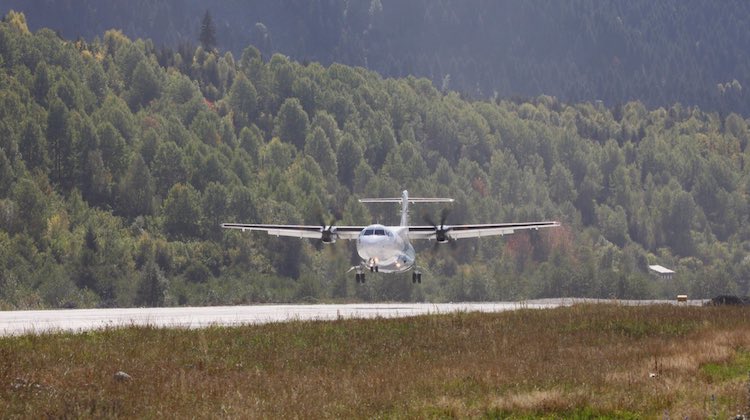 This week we learnt the news that foreign pilots will again be able to apply to come to work in Australia under a two-year 457 visa.
This week we learnt the news that foreign pilots will again be able to apply to come to work in Australia under a two-year 457 visa.
It may feel unfair that Aussie pilots will also soon be competing with those overseas contract pilots, but at this stage it is a stop-gap or short-term measure so for prospective airline pilots and those looking for the next step in their careers the long game is still yours to plan and prepare for.
While jobs are here – training facilities are not
Airline and fleet growth has clearly opened more opportunities for pilots, experienced pilots, not only to grow their careers but to move to new types and aim for the mainline full service carriers, many of whom have not recruited for some time. So while we are in an upturn of activity this has amplified long-standing issues in Australia around a lack of training facilities creating hold files anywhere from three-12 months – a bit of a “great I got it” followed by a “now I’m stalled” situation.
Increased pilot movement creating culture issues
As more widebody jets come into play globally, pilots who were happy to commit themselves long-term to a narrowbody career are now considering second officer roles on the wides. Airlines are experiencing a far greater turnover of their pilot body and as with any institution this affects team culture. When there are so many to choose from why would pilots actively seek a negative workplace environment?
Perhaps the overseas pilots under this 457 visa won’t be so concerned and will fill that gap, but that is a short-term solution.
Interestingly, sideways movement across carriers has been frequent during 2017, not only as competing carriers want type rated pilots; more so, the key enticement has been culture and stability. The values and team culture of an airline have driven pilots to reassess their seniority number in their current role in favour of an environment they may be better suited to and feel more valued within. Some are even downsizing to smaller aircraft, once unheard of.
It is two-sided, if pilots are happy at their airline then most would stick with it, seniority is important so there have to be contributing negative factors leading to having a look elsewhere.
Let’s consider historically what those negatives have shown themselves to be:
- EBA negotiation difficulties;
- Communication difficulties between management and pilot body;
- Takeovers or airline mergers that redistribute seniority;
- Pilot conditions, fatigue, OTP requirements etc;
- Pay disputes;
- HR support and problem resolution;
- Time to command due to lack of growth.
All of the above affects culture and an unhappy pilot body is infectious.
What pilots are telling me about their core reasons for looking elsewhere are:
- Lack of progression due to stagnated growth;
- Negative or toxic team or management culture;
- Remuneration;
- Lack of diversity of flying or fleet options.
Airlines that place a high focus on culture are attracting those candidates who have become frustrated and feel undervalued.
Dollars enticing Aussie pilots
Let’s be real here, as pilot remuneration is not what it used to be, those overseas carriers with the ability to throw dollars at candidates will also attract their fair share of applicants.
On the flipside, the opportunity to live and work in Australia is a drawcard in itself in attracting type rated overseas pilots down under with the 457 visa, even if Australian airlines cannot compete on wages alone.
Meeting the airline assessment standards
While the opportunities and choices are here, getting the role you want is not a given, it is essential that you meet the required standards on the assessment day and that includes the overseas candidates. Just because airlines need pilots does not mean that they will relax their standards, some criteria may change but standards must be met.
I have seen a recent influx of pilots who went into airline assessment processes with “perfect fit” experience but little or no preparation. The unsuccessful response is difficult to swallow when you are a good fit, so I will say again, preparation is key as they assess you on your performance on that day.
The industry’s major challenge is to invest in training infrastructure and create those pathways that facilitate pilots into this rewarding if challenging career.
Now more than ever airlines need to take a good hard look at their culture.
Those who have already done that are ahead of the game and on the top of the pile in attracting candidates.
But as a pilot, it’s a great time to go after that dream job or simply a new job.
Kirsty Ferguson is an international aviation coach and director of Pinstripe Solutions.











